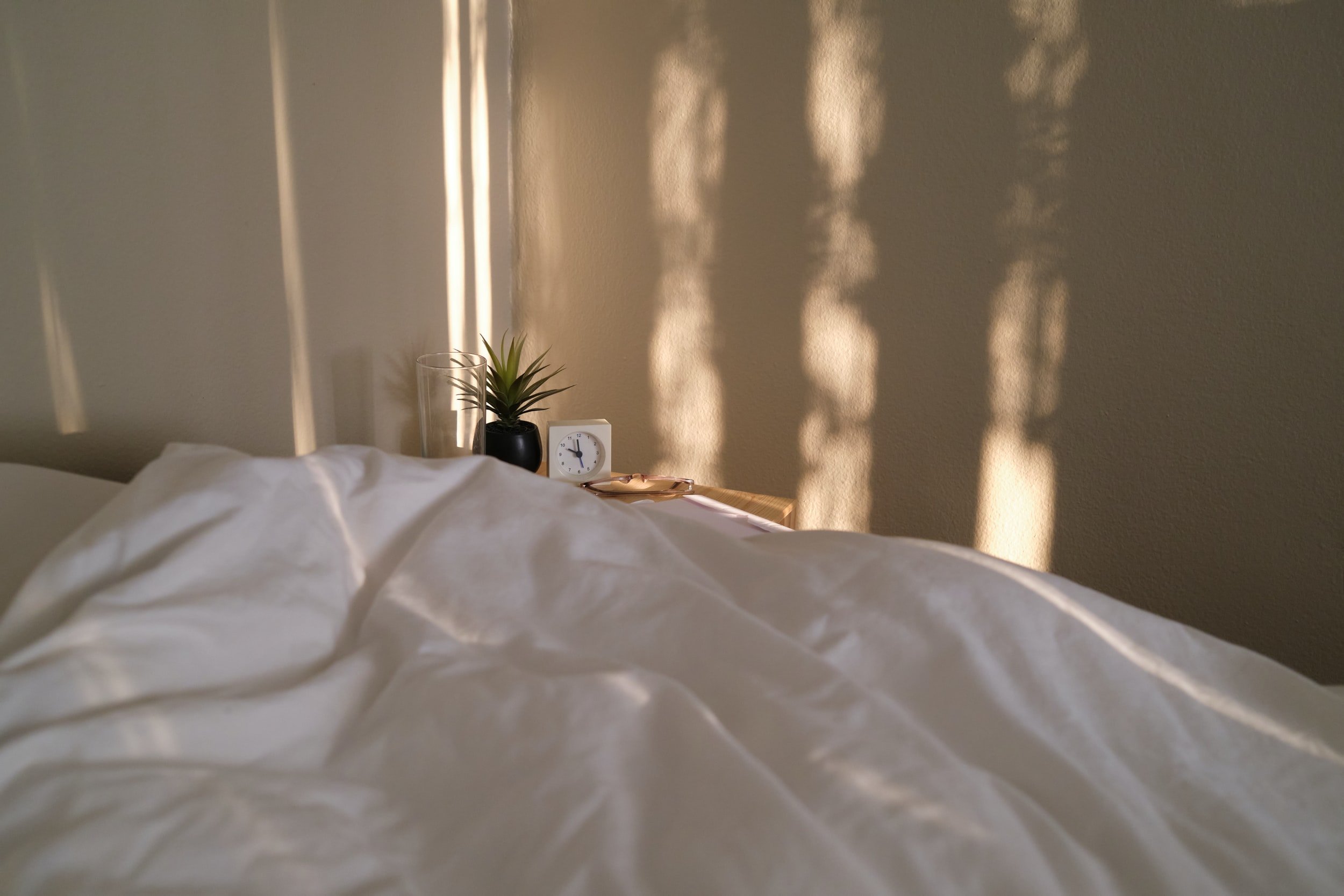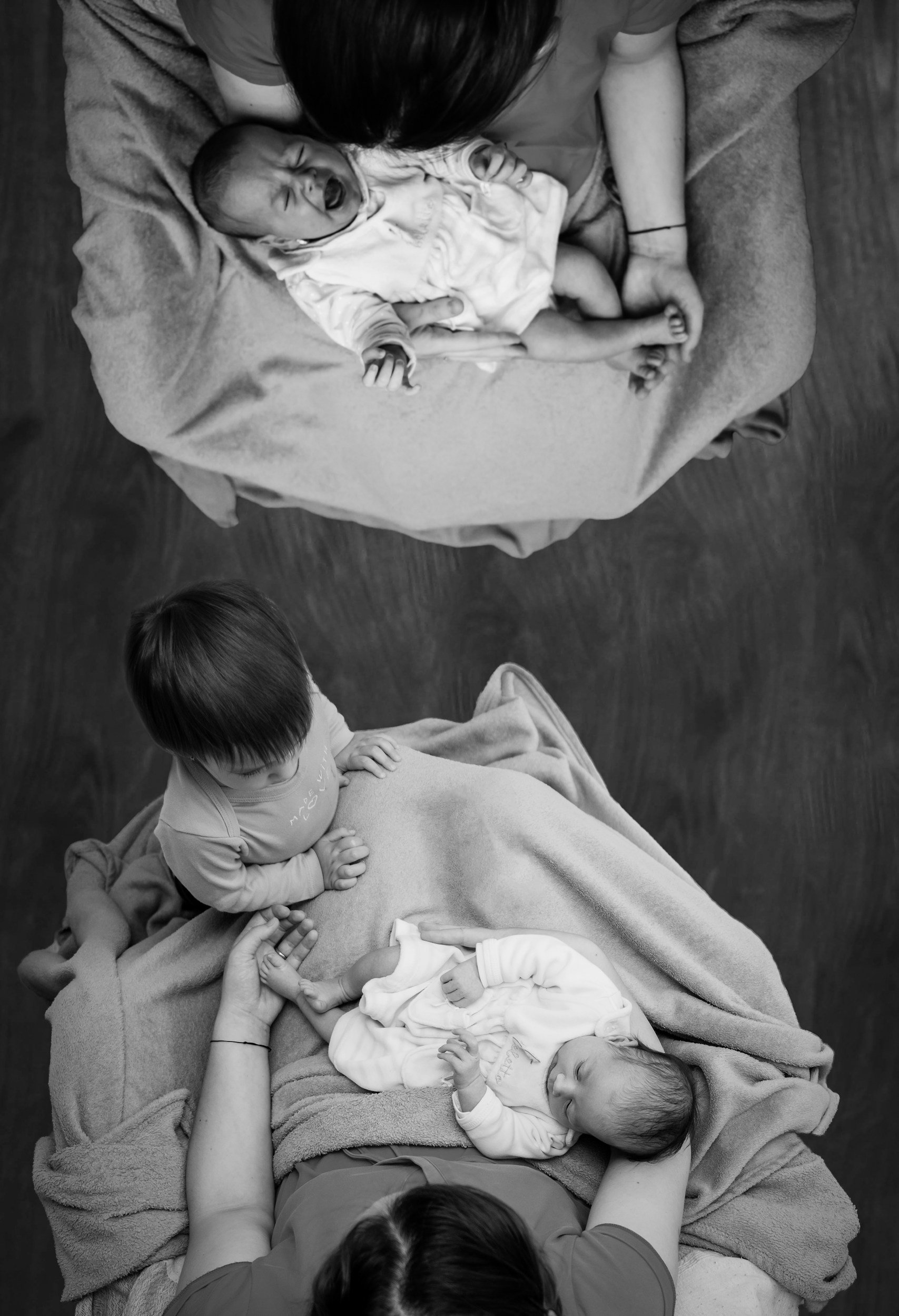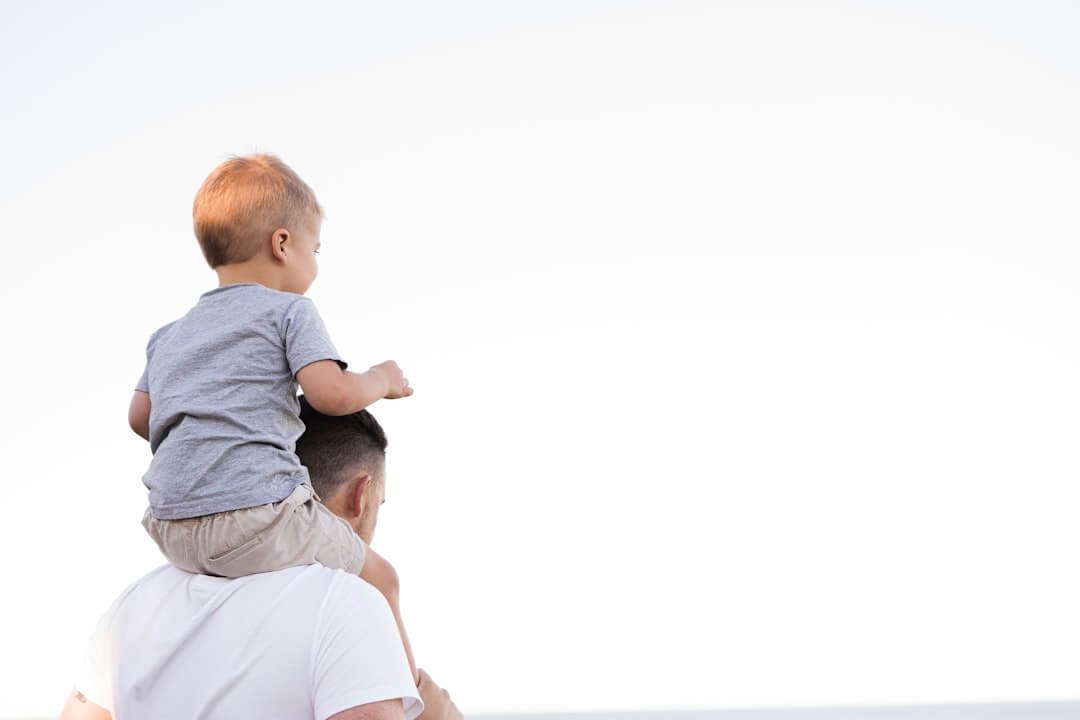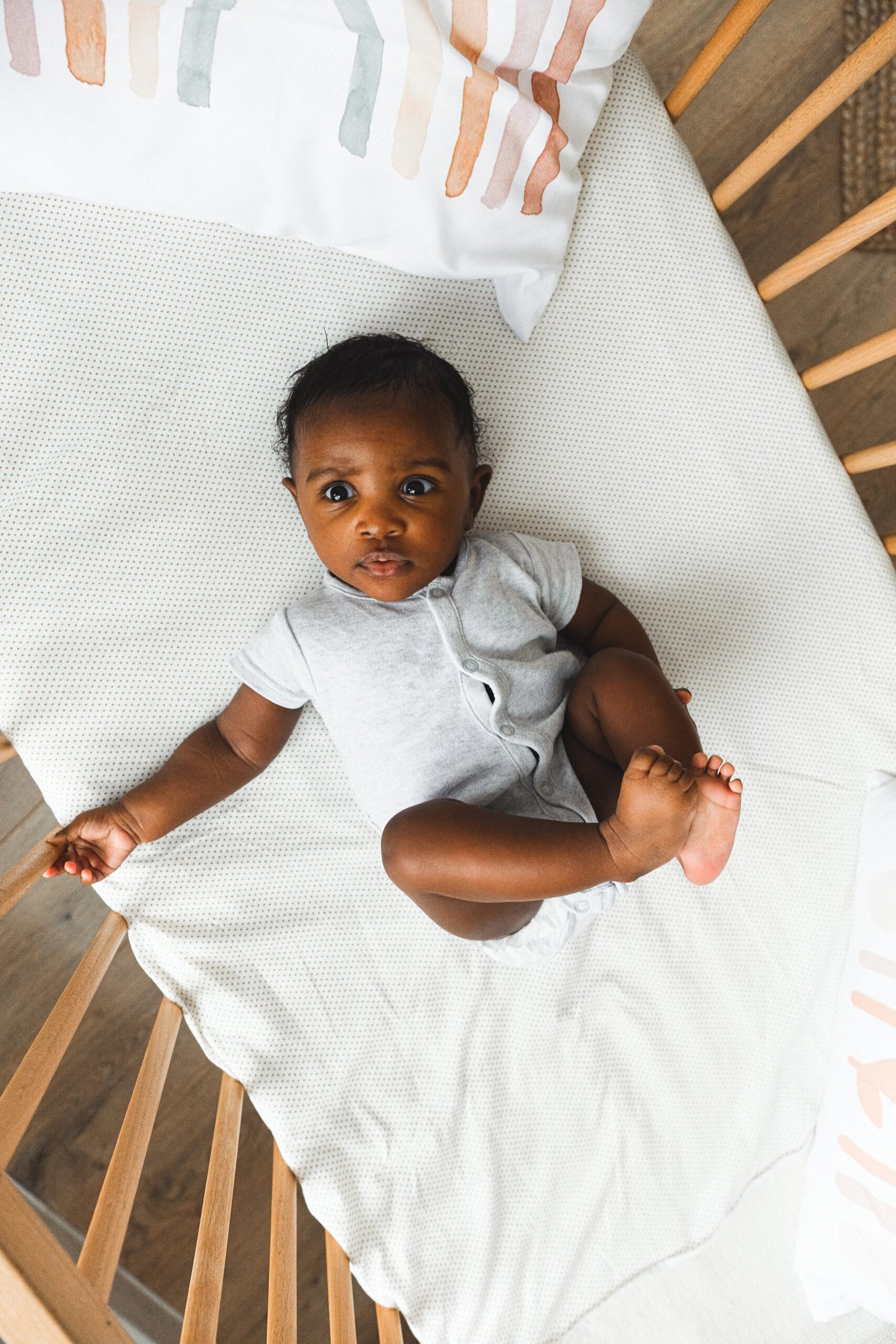I'm Rachael
Mom of 3 & Baby Sleep Expert with Big Sis Energy
& I’VE DONE ALL THE RESEARCH FOR YOU ALREADY.
Better sleep for the entire family
BROWSE COURSES
hey!
baby nap transitions by age: how to drop a nap
Signs your baby is ready to drop a nap:
It can be tricky to know when your baby is ready to drop a nap. Though there are common age ranges, they can be large, so knowing the signs to look for is helpful as well. Here are the most common things we see when baby is ready to drop a nap:
-
They’re fighting the last nap of the day, or routinely skipping it all together
-
The last nap of the day takes forever to get, so bedtime continues to get later and later
-
There might be new patterns of interrupted night sleep, split nights, or early rising
While these are the most common issues, there can be others. Often times your baby or toddler will go through a sudden nap refusal stage due to a big developmental leap or another phase. It can be helpful to know the common ages babies drop naps so you can be on the lookout for the signs:
-
Prior to 4-5 months, babies nap schedules tend to be a bit unpredictable. There may be a 20 minute nap here, a 2 hour nap there, and each day may be a bit different. That’s ok and it’s totally normal! Babies don’t need to have nap schedules as newborns- learn your baby’s cues and shoot for rhythms to your day vs. following a strict clock-based schedule.
-
The drop from 4-5 naps per day down to 3 more consistent nap times per day usually happens by about 4-6 months old
-
The drop from 3 naps to 2 naps per day (morning and afternoon) usually happens between 8-9 months old
-
The drop from 2 naps per day to 1 nap per day (around lunchtime) usually happens between 13-18 months old
-
Dropping naps all together usually happens somewhere between 2.5 and 4 years, though some do it a bit earlier and others will love napping well into childhood.
Keep in mind that these ages are just averages and every child is different! Pay attention to your child’s mood, appetite, growth, and general sleep quality to determine whether or not their current sleep schedule is working for them or not. If you ever have questions about your child’s nap needs or schedule, reach out and we can help!
how to drop a nap
The first job when you’re dropping naps is to gradually extend wake time. Lots of people think that since baby gets a bit fussy with more wake time that it means they can’t do the nap transition, but if your baby is showing all the signs of being ready you can go for it anyway. You’ll just need to help baby get through the wake window while they adjust. Offer snacks, a change of scenery, time outside, play in water, etc. to help them bridge to the nap with minimal fussing.
Transition from 3 to 2 naps: This transition usually occurs around 8/9 months, though for some it may happen a bit later. Some babies hold onto the 3rd afternoon “cat nap” for a while, but know that if you opt to push through and not offer that cat nap you can start to bring bedtime up a bit earlier, which is nice!
To drop the third nap, you will extend the wake windows and you may need to support baby to sleep/ back to sleep if the naps are still short. Ideally after a couple of weeks the first 2 naps will each lengthen, so bedtime can stay relatively the same. If it’s been more than a few days of this and the naps are not consolidating (getting longer) then the transition could be premature. If baby can’t be up for more than 2 hours without becoming overtired, they probably aren’t ready for this yet. Be flexible- 3 naps might still be necessary some days! Especially if the first nap is short. This is a better option than the last wake window of the day becoming too long and baby getting overtired.
Transition from 2 to 1 nap: This transition usually occurs between 13-18 months. Some babies around 11/12 months may start to show some signs that they are ready, but most are not. This is a really common part of the 12-month sleep “regression” and it’s typically just a phase. You can try shortening the naps instead if that’s the case. Once they are resisting the second nap, even with a capped first nap, it might be time to transition to one nap.
The first step is to move the morning nap later, very gradually (by 15-30 min every few days), and then either bringing up bedtime, or adding a little on-the-go catnap to make it to bedtime. Just aim to have the NEW nap schedule on more days per week than the old nap schedule until your little one can make it through most days with just the one nap. Once the nap has moved to midday, your toddler should be able to make it to bedtime (though it might still be a bit early).
One thing to note about earlier bedtimes is that it may also mean earlier mornings for a while. Remember sleep totals and that baby can only sleep for so many hours per night. If you’re struggling with early mornings and baby is getting an appropriate amount of overnight sleep (so you’re sure they aren’t overtired) then you can begin to move bedtime later again after they’ve adjusted to the new nap schedule.
example of how to drop a nap
Here’s an example. Say you are dropping from 3 naps to 2. This usually happens somewhere between 7-10 months, most commonly 8/9 months. Let’s say your baby’s usual wake windows are around 2.5 hours and they typically wake for the day around 6am. If your baby normally naps for around an hour or so at 8:30, you’ll want to begin the transition by pushing this nap to about 8:45. Then the next nap might typically fall around noon, so you’ll push it to around 12:15. The third nap usually happens at 3:00, so you’ll push it to 3:15 but cap it at just about 30-45 minutes max. This way your baby will still be tired enough for bedtime, which will be 6:45-7pm, a tad earlier than normal, but they’ve got enough sleep pressure since that last nap was shorter.
Over the next few days, you’ll continue to stretch those wake windows little by little, maybe just by 10-15 minutes every couple of days. Eventually you’ll end up with wake windows that are more like 3 or 3.5 hours each or you might try out the 2, 3, 4 hour schedule if your baby needs lots of wake time before bed. You may also find that once the transition is solid, the naps become longer. This is because all that daytime sleep is now consolidated into 2 naps vs. spread across 3. The naps in the earlier example might land around 9:30am and 2:00 or so depending on how long each one is, with a bedtime around and a morning wake around 6 or 6:30. Keep in mind that one reason I DON’T give out schedule examples is because they are SO unrealistic for so many families. I give you this example just to see how to move your wake windows, naps, and bedtime- not as an “ideal” schedule.
One more thing you may need to do during these transitions is helping your baby extend the naps. You want to be sure they sleep long enough to make it to the next nap or bedtime. This can be challenging when we are stretching the wake time, though, because if they are overtired they might try to take short naps. This is when you can do a nap “rescue” by allowing your baby to contact nap or if they wake early trying to feed or hold them back to sleep. Whatever you can try to get the nap to be longer, do it!
To Recap:
When dropping naps you’ll start by extending your baby’s wake windows gradually, and either making the last nap of the day a shorter cat nap until it disappears, and/or bringing bedtime up earlier. Unfortunately this can sometimes mean baby wakes a bit earlier for a while as well. Use my early morning waking tips to help with this as much as possible, and know that over time it will likely resolve, once baby’s body clock is caught up to the new routine.
When dropping a nap, patience is key. These transitions can sometimes take several weeks up to a month or so to fully take hold. Sometimes you’ll have your old nap schedule for a couple of days per week and the “new” schedule for the rest of the week, and this is fine while you’re transitioning!
Featured
When daylight saving time ends, we “fall back” one hour, meaning that sunrise and sunset will occur an hour earlier. How will this affect your baby’s sleep?
Responsive sleep tips and support for parents of multiples or twins.
What are floor beds? When to use them? And How to use them?
binge reads
We think you'll love these
You deserve to the
baby stage, not just "survive it."
And you DON'T have to sacrifice your values, ignore your instincts, or force yourself to follow a method you don't align with just to get your baby back to sleep.
I’m here to help you create a restful, sustainable sleep environment that honors both your baby’s needs AND your own (without the stress OR the guilt!) because, no, you don’t have to choose between the two.
enjoy!
BABY SLEEP COURSES →
BABY SLEEP CONSULTS →
Wish you could help your baby sleep better without resorting to sleep training? Download my FREE guide to a good night’s sleep and learn 8 simple, science-backed tips for supporting your child’s needs.
Traditional sleep training methods don’t have to be your solution to better sleep.
SLEEP TRAINING ISN’T THE ONLY WAY TO GET GOOD SLEEP
Hey, I'm Rachael and Hey, Sleepy Baby is for parents who want to get their nights back, without sleep training their babies.
NO ONE TOLD US POD
explorING the untold truths of parenting





